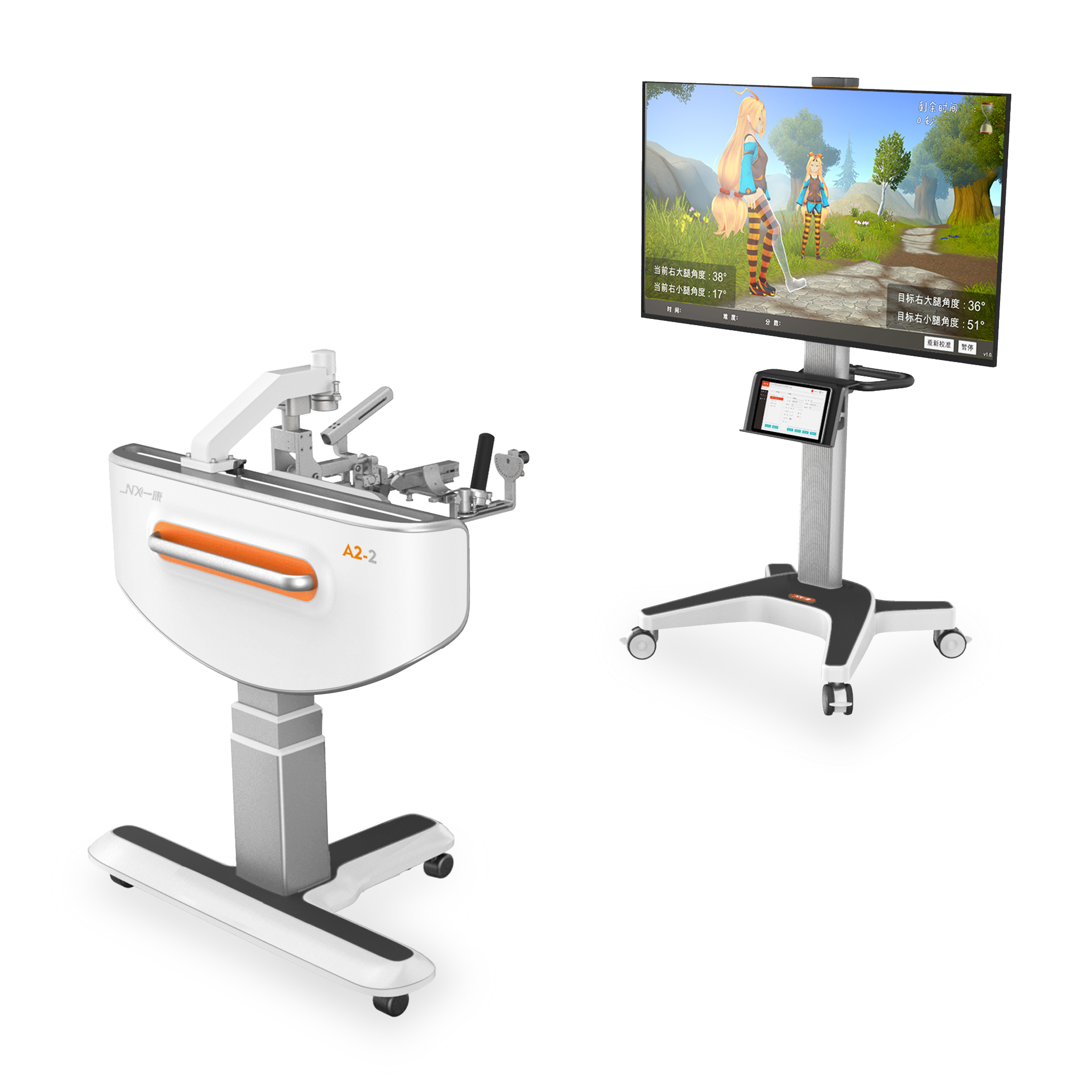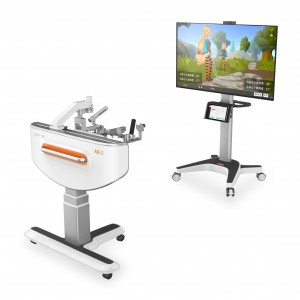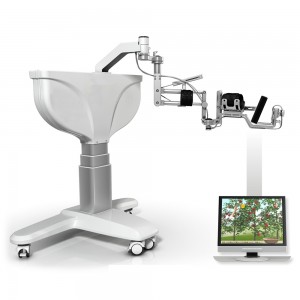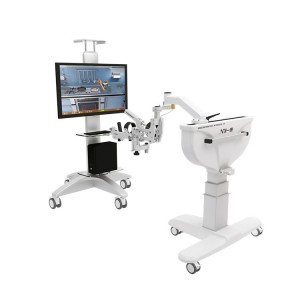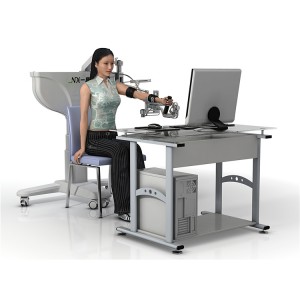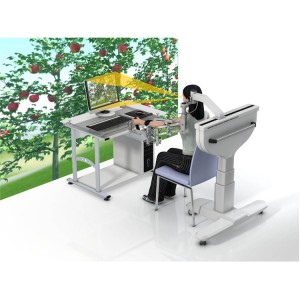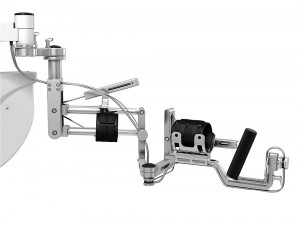Arm Rehabilitation Robotics A2

Adopting computer virtual technology and combining the theory of rehabilitation medicine, the Upper Limb Intelligent Feedback & Training System simulates human upper limb movements in real time. Patients can exercise multi-joint or single-joint rehabilitation training in a computer virtual environment. In the meanwhile, it also has the functions of upper limb weight support training, intelligent feedback, 3D spatial training and a powerful assessment system.
A large number of studies suggest that stroke, severe brain injury, or other neurological diseases can easily cause dysfunction or defects in the upper limbs and that definite treatment tasks will effectively improve patients’ upper extremity function.
It is mainly applicable to patients with upper limb dysfunction caused by stroke, cerebrovascular malformation, severe brain trauma or other neurological diseases or patients who need to recover upper limb function after surge.
Product Specification
| Model | A2 |
| Sensors | 9 |
| Grip Force | 0-10Kg |
| Upper arm length | 22-31cm |
| Lower arm length | 24-40cm |
| Arm height | 98-138cm |
| Voltage | AC220V/50Hz |
| Power | 130VA |
| Software | Free Update |
| Original | China |
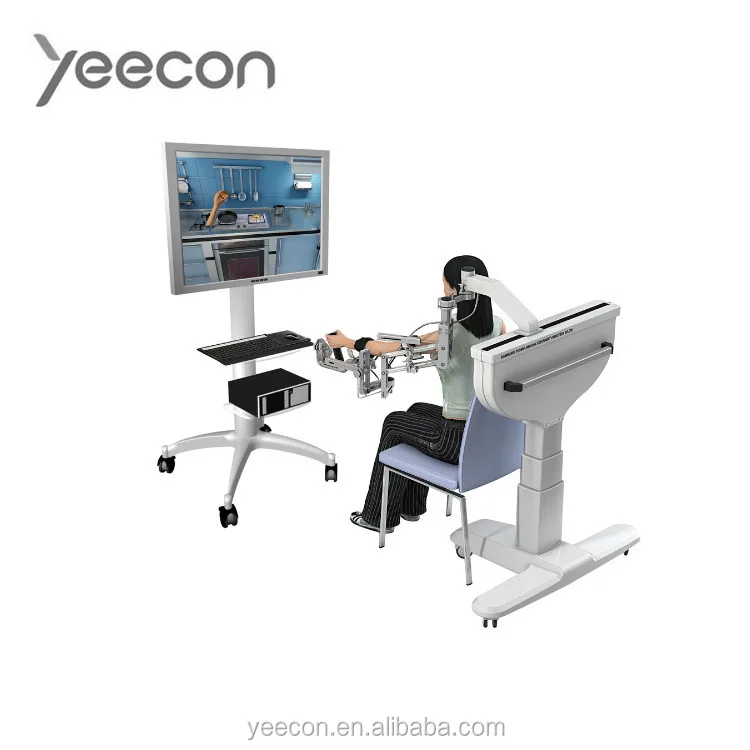
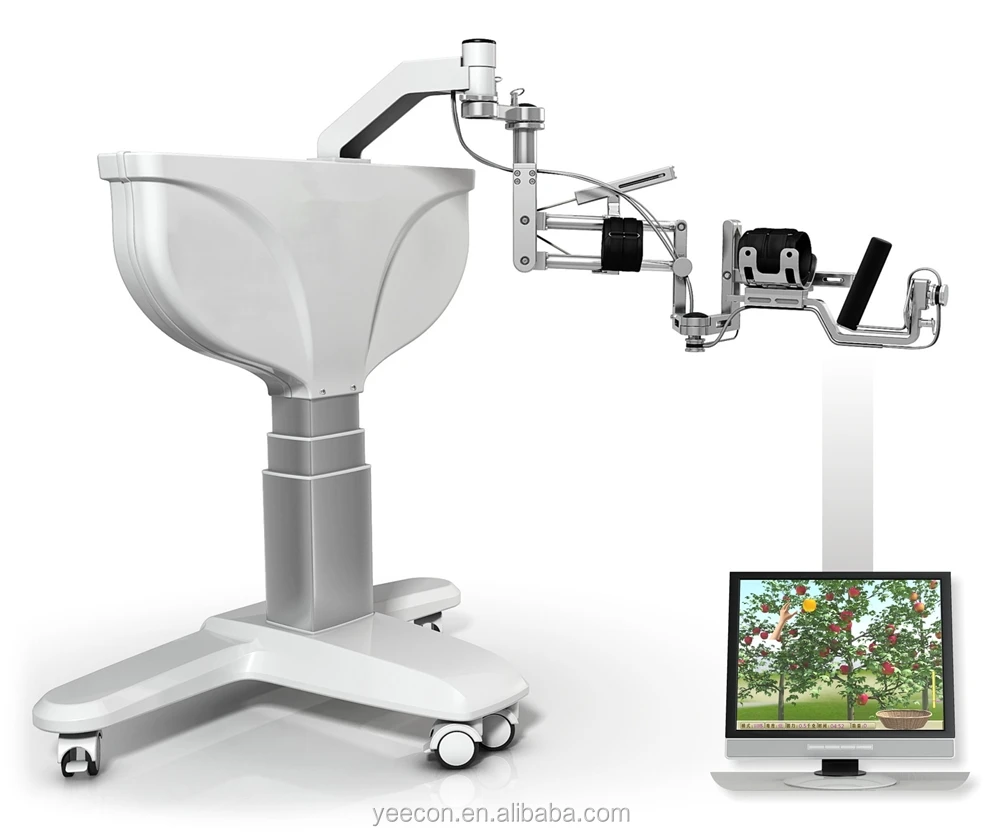
Functions & Features
1) assessment function;
2) intelligent feedback training;
3) information storage and search;
4) arm weight-reducing or weight bearing training;
5) visual and voice feedback;
6) targeted training available;
7) report printing function;

Rehabilitation Training
It has one-dimensional, two-dimensional and three-dimensional scene interactive training modes, real-time visual display and voice feedback functions. It’s able to automatically record the training information throughout the whole process and intelligently recognize left and right hands.
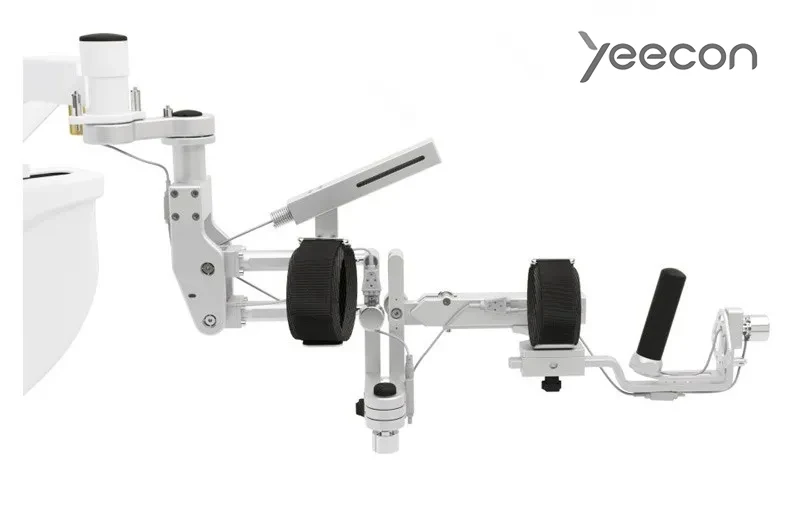
Compared with Traditional Training
Compared with traditional training, the Upper Limb Intelligent Feedback & Training System A2 is ideal rehabilitation equipment for patients and therapists. It ensures high training efficiency and is able to provide real-time visualized feedback information and accurate assessment of the rehabilitation progress after training. In addition, it can increase patients’ interest, attention and initiative in the training.
Assessment System
Assess the wrist joint range of motion, forearm muscle strength, and grip strength and save the result in the patient’s personal database, which is helpful for the therapists to analyze therapy progress and modify therapy prescription timely.
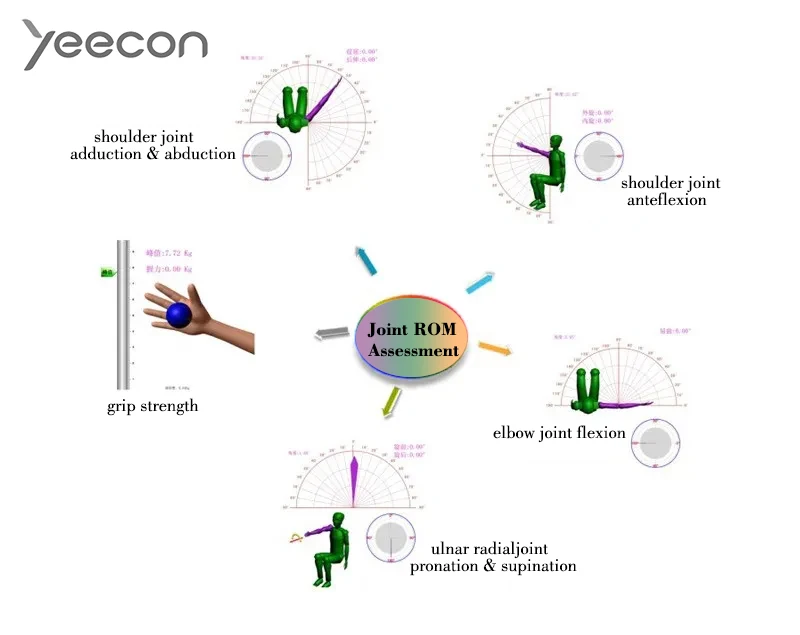
Assessment Report
The system generates assessment reports based on the assessment data. Each item in the report can be displayed as a line graph, bar graph, and area graph and a report printing function are available.

Targeted Training
Both single joint training and multiple joint training are available.
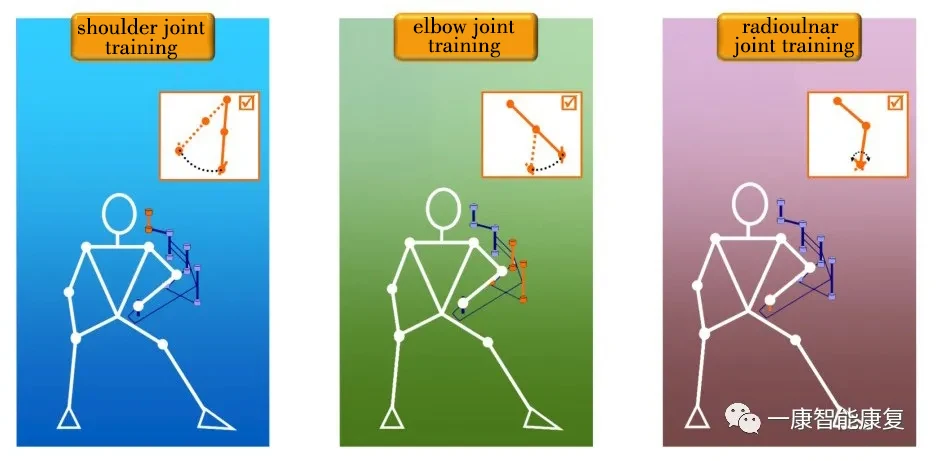
-

YK-8000C2 9 Section Portable Chiropractic Table
-
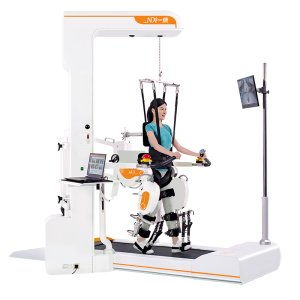
A3-2 Gait Training and Evaluation Robot
-

A3-2 Gait Training and Assessment Robotics
-
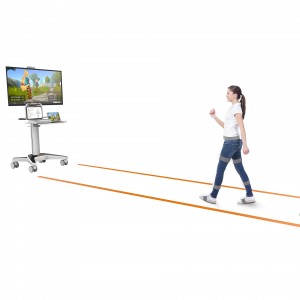
A7-2 Gait Analysis System
-
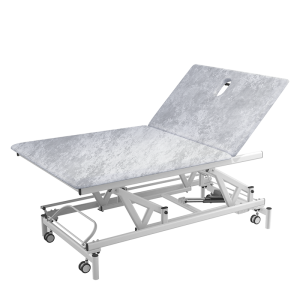
YK-8000A Bobath Table Supported by LINAK Motor
-
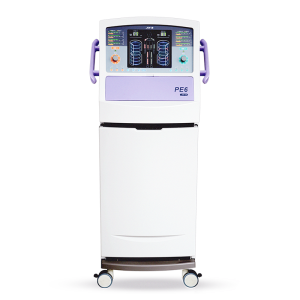
PE6 Frequency Conversion Electric Therapy Device
-

A2 Arm Rehabilitation Robotics
-

A6-2 Arm Rehabilitation and Assessment Robotics







